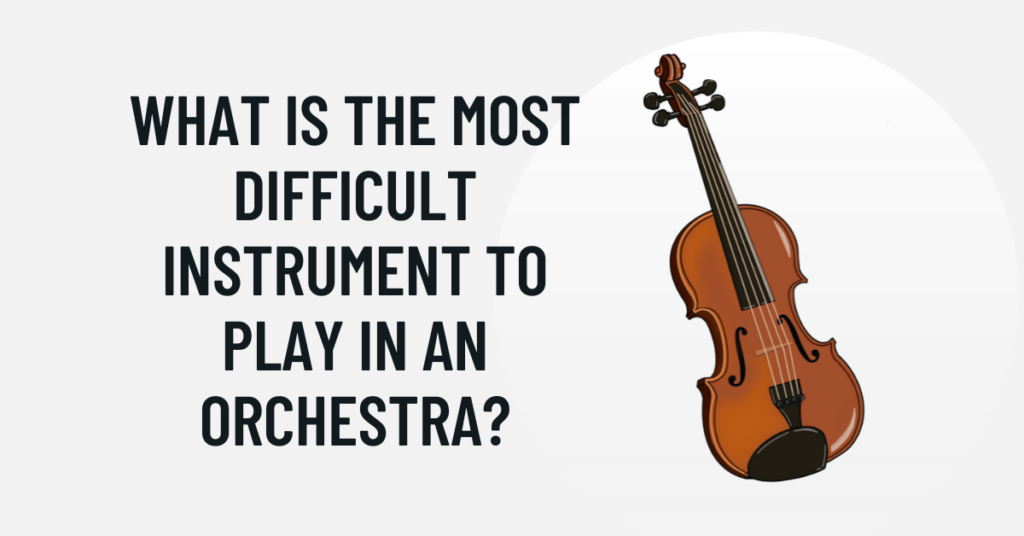Orchestral music, with its diverse range of instruments, presents unique challenges to musicians. While each instrument demands dedication and skill, certain ones are renowned for their complexity and difficulty. In this article, we will explore some of the most challenging instruments to master in an orchestra and the reasons behind their reputation for being formidable.
1. Violin: The King of Precision:
The violin, often dubbed the “king of instruments,” is notorious for its difficulty. Its small size, sensitive strings, and lack of frets demand exceptional precision in finger placement, bowing technique, and intonation. Violinists face the challenge of producing a rich and expressive tone while navigating intricate passages, rapid bowing techniques, and complex musical phrasing.
2. French Horn: The Beast of Control:
The French horn is considered one of the most challenging brass instruments due to its wide range and complex valve system. Horn players must possess extraordinary control over their embouchure and breathing to produce a smooth, lyrical sound. Additionally, mastering the art of hand-stopping, where the player inserts their hand into the bell to change the pitch, requires advanced technique and ear training.
3. Oboe: The Instrument of Nuance:
The oboe, known for its distinctive sound, poses challenges related to its double reed. Oboists must create a delicate balance between air pressure, embouchure, and finger technique to produce the instrument’s characteristic timbre. Achieving proper intonation and mastering the subtle nuances of articulation are vital for oboists to excel in the orchestral setting.
4. Piccolo: The Petite Powerhouse:
The piccolo, a small flute-like instrument, is deceptively challenging due to its high pitch and limited range. Piccolo players must produce clear, piercing tones while navigating fast and technically demanding passages. The instrument’s high register requires exceptional breath control and embouchure strength, making it a formidable challenge for musicians.
5. Harp: The Angelic Complexity:
The harp, with its array of pedals and numerous strings, is a physically and intellectually demanding instrument. Harpists must coordinate their hands and feet to engage the correct strings while managing intricate pedal changes for various keys. Achieving smooth glissandos, rapid arpeggios, and complex chord progressions demands years of practice and technical finesse.
6. Percussion: The Multifaceted Mastery:
Percussionists in an orchestra are expected to play a wide variety of instruments, including timpani, snare drum, xylophone, and various auxiliary percussion. Each instrument requires unique techniques and skills. Timpani, for instance, demands precise tuning and mallet control, while snare drum requires intricate rudiments and dynamic control. Mastering this diverse range of instruments necessitates versatility and exceptional coordination.
Conclusion
Each instrument in an orchestra presents its own set of challenges, and what might be difficult for one musician may be second nature to another. The perceived difficulty often varies based on an individual’s aptitude, dedication, and personal preferences. Regardless of the instrument, mastering any orchestral role requires years of disciplined practice, unwavering passion, and a deep understanding of musicality. In the world of orchestral music, the most challenging instrument ultimately becomes a canvas for artistic expression and an avenue for musicians to push the boundaries of their creativity and technical prowess.


